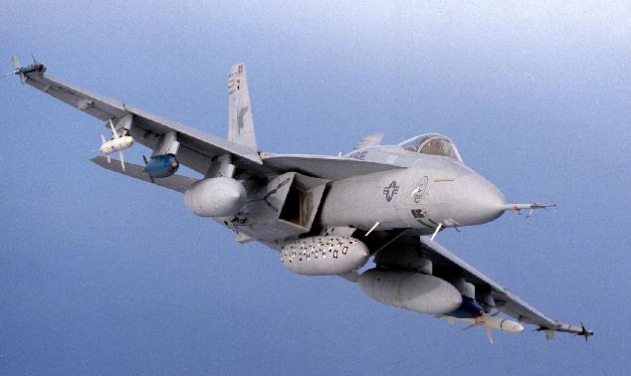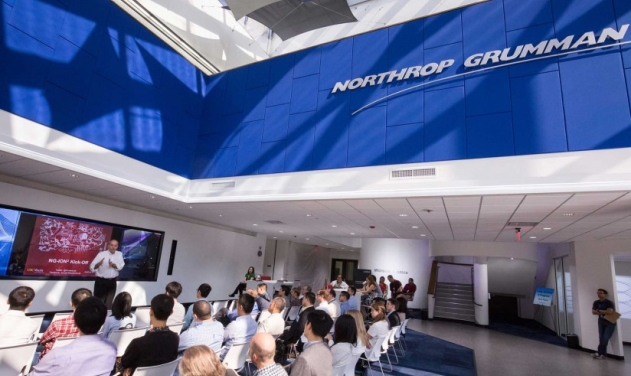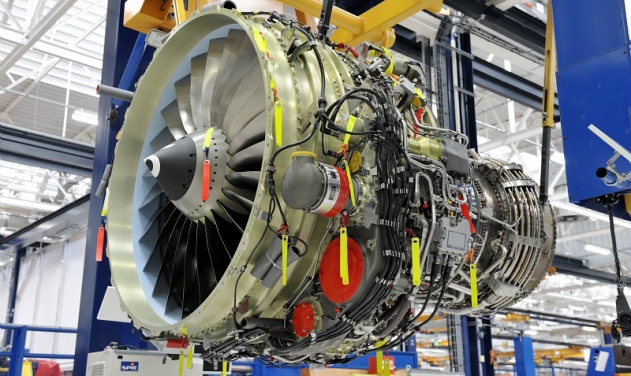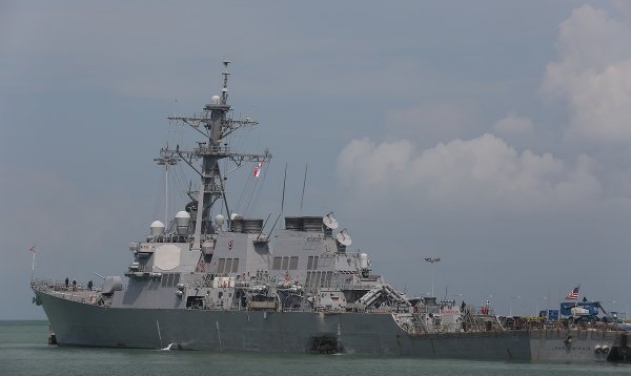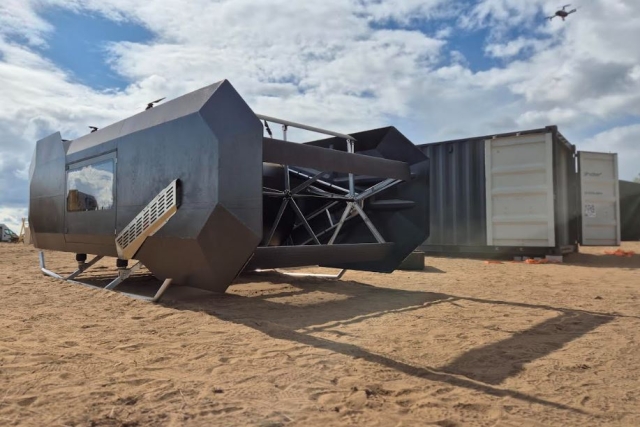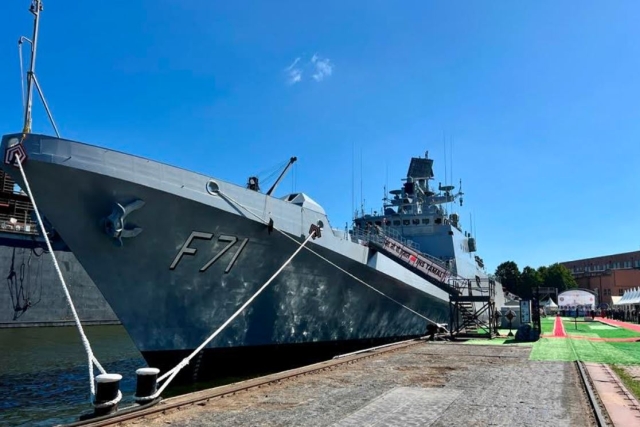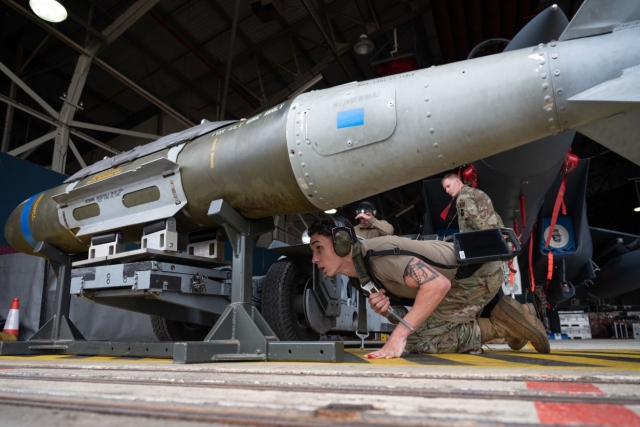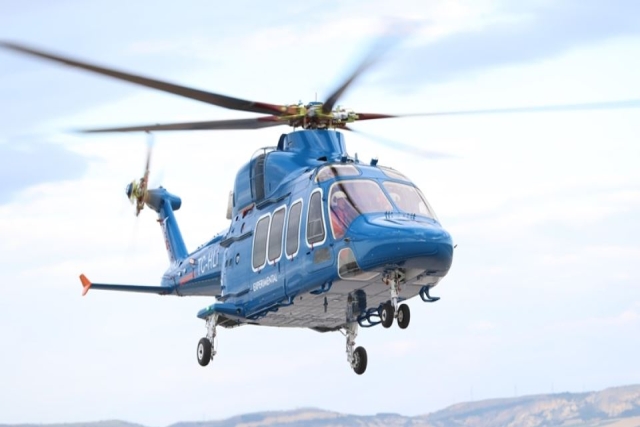Boeing, Lockheed to Compete for US Navy’s Unmanned Autonomous Submarine Competition
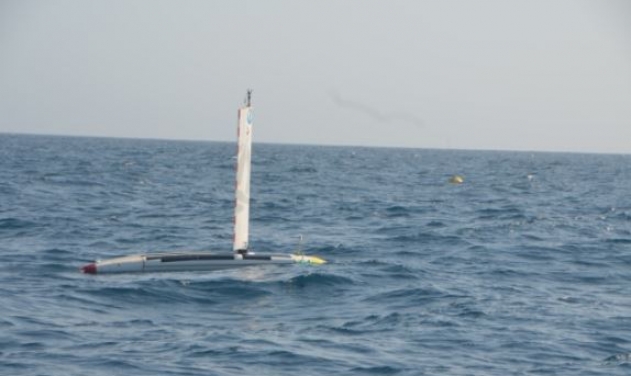
Boeing and Lockheed Martin will be competing for a competition for unmanned submarines that can navigate autonomously for the US Navy.
Boeing has developed a 51-foot long vessel, ‘Echo Voyager’ as part of the bid process for the US Navy’s unmanned submarines competition. Boeing bought Liquid Robotics last year that focuses on smaller unmanned subs.
Lockheed Martin is backing Ocean Aero’s 13-foot long, battery-powered Submaran S10. Ocean Aero manufactures seafaring drones, unmanned underwater vehicles (UUVs) for the contract, a company spokeswoman was quoted as saying by Washington Post Thursday.
The size and terms of the transaction were not disclosed. The venture unit typically makes investments of $1 million to $5 million.
"This just speaks to how big the unmanned systems market has become, that you have Boeing and Lockheed going at this full speed," Ocean Aero Chief Executive Eric Patten said.
The S10 can loiter on the surface or dive to a relatively shallow 30 feet. It can navigate autonomously based on pre-programmed waypoints and outfitted to scout for and hide from threats completely on its own. It can recharge its battery on the surface using tiny solar panels or raise a sail to harness the wind for propulsion, which the manufacturer calls "energy scavenging." The S10 has already been sold to two undisclosed customers.
The company plans to introduce a larger model called the S200 next year that can travel faster and dive deeper. It is about to start testing a 39-foot-long model it calls the Silent Arrow that aims to dive to about 650 feet and navigate with the help of an electronic thruster.
Patten says the Silent Arrow sub positions the company for future Navy competitions.
"When the competition started in January we weren't in a position to compete," he said. "Now we're in a position to compete for that."
Ocean Aero is part of a nascent yet crowded field of start-ups that has emerged in tandem with smaller, more failsafe lithium-ion batteries.
The Air Force is working on robotic drones that would fly alongside fighter jets, scout ahead and absorb enemy fire. The Army is experimenting with small-scale reconnaissance robots. Even U.S. law enforcement officers are buying in: Last year Dallas police used a robot outfitted with C-4 explosives to remotely kill a gunman who had killed five police officers.
Lockheed and Boeing argue that the robotic subs could one day become the Navy's robotic scouts, augmenting the efforts of the Navy's limited and aging fleet of manned submarines.
"My main challenge in the Navy was there were many demands for what people wanted a submarine to do and you couldn't come close to meeting all of them," said Mike Connor, a retired Navy vice admiral and submarine force commander who now runs a company called ThayerMahan.
Autonomous watercraft "could make each one of those submarines and destroyers that much more powerful and impactful by orders of magnitude," he said.
Ocean Aero's robotic subs are likely to be priced in the hundreds of thousands of dollars each, and in the tens of millions for the larger models. That's significantly cheaper than the manned nuclear submarines that now patrol the waters.
Ocean Aero's robotic subs "can't do everything a normal submarine can do, and we would probably never want them to," Patten said. "But they can be tasked with things that might waste a normal submarine's time. It would free up the more capable submarines."
For now, the small subs are being pitched mainly as a surveillance tool. Officials at Lockheed Martin say Ocean Aero's subs are most likely to be used to map maritime threats, similar to how U.S. military and intelligence agencies already use satellites and aerial drones to collect information from above.
"We'll be putting eyes and ears more distant from the force to collect information," said Chris Moran, executive director of Lockheed Martin Ventures.
But more dangerous missions could soon follow for the Navy's robots.
The Navy has actively tested unmanned underwater drones' ability to find and disable mines, hoping they will one day protect aircraft carriers in hostile territory. It's not out of the question that the robotic subs could be used to actively attack enemy submarines.
Ocean Aero's Silent Arrow, its largest submarine at 39 feet long, can carry up to 2,000 pounds worth of equipment, meaning it theoretically could be outfitted with advanced weaponry.
"It can carry a pretty large payload," Lockheed's Moran said. "That was one of the big attractions for us."
